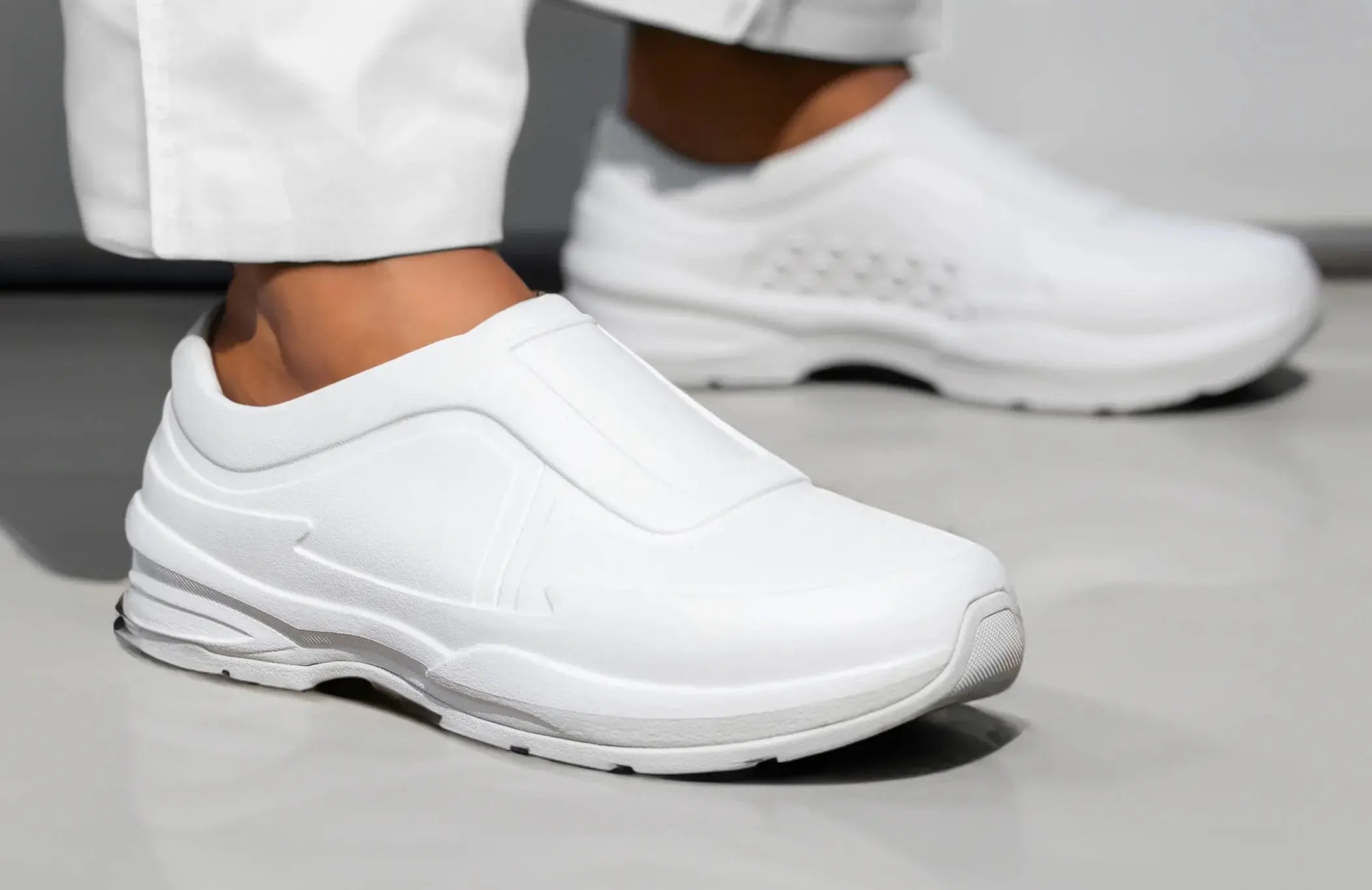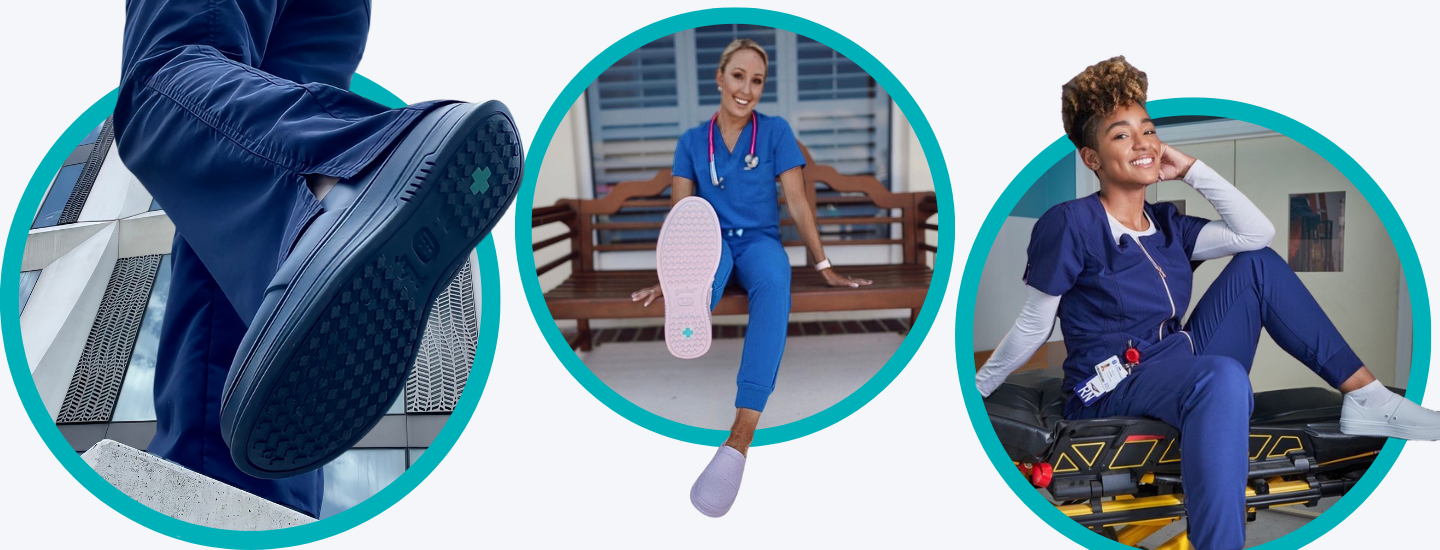
The Role of Proper Footwear in Preventing Workplace Injuries in Healthcare
Healthcare professionals are our everyday heroes, tirelessly working on their feet for hours to ensure that our loved ones receive the best care possible. Often working in high-stress, fast-paced environments, healthcare workers face numerous health and safety risks daily, with one of the most overlooked being foot injuries and discomfort.
This blog post will shed light on the importance of proper footwear for healthcare workers, illustrating how the right shoes can significantly reduce the risk of workplace injuries and contribute to overall job satisfaction and productivity.
The Perils Underfoot
From the hustle of an emergency room to the steady rhythm of a general ward, healthcare professionals are perpetually on the move. Long periods of standing and walking on hard surfaces, coupled with occasional slips, trips, and falls, can expose these frontline workers to a variety of foot-related injuries. These include sprains, fractures, or chronic conditions like plantar fasciitis and tendonitis, which can drastically impair their ability to work.
The Role of Proper Footwear
Just as helmets are crucial for construction workers, the right footwear is an essential part of a healthcare worker's personal protective equipment (PPE). The right shoes offer a plethora of benefits, including:
- Comfort and Support: Healthcare workers often work lengthy shifts, regularly up to 12 hours. Comfortable footwear that provides arch and heel support can mitigate foot pain and fatigue, making those long shifts more bearable.
- Slip-Resistance: The healthcare environment is often unpredictable, with high chances of encountering spills, especially in emergency situations. Slip-resistant footwear can prevent accidents and falls, protecting healthcare workers from potential harm.
- Protection: Shoes with reinforced toe boxes can protect against dropped objects, while water-resistant materials can guard against spillages of fluids that could potentially lead to fungal or bacterial infections.
- Posture Alignment: Proper footwear aids in maintaining the correct posture, thus preventing back and joint pains, common issues in professions requiring extended standing or walking.
Choosing the Right Footwear
Purchasing footwear isn't a one-size-fits-all process. For healthcare professionals, considering the following factors can make the difference between a shoe that merely "fits" and one that actively prevents injuries:
- Fit and Size: Shoes should have enough space for toes to wiggle yet secure enough to prevent the foot from sliding. This ensures comfort without sacrificing stability.
- Material: Look for shoes made of breathable, durable, and water-resistant materials. This combination offers comfort, longevity, and protection against spillages.
- Insole and Cushioning: Opt for footwear with adequate cushioning and arch support to absorb shock and reduce stress on the feet and joints.
- Tread: Ensure the soles have a slip-resistant tread to prevent accidents on wet or slippery surfaces.
The Bottom Line
Gales® were crowdsource designed with the help of 1,500 nurses in order to make a shoe specifically for healthcare workers. Safety in healthcare isn't just about the patients—it's also about ensuring the professionals who take care of them are adequately protected from potential hazards. By wearing Gales®, rest assured that you are getting a shoe that offers all the elements to enhance your productivity and overall well-being.
TAGS:
SHARE:
